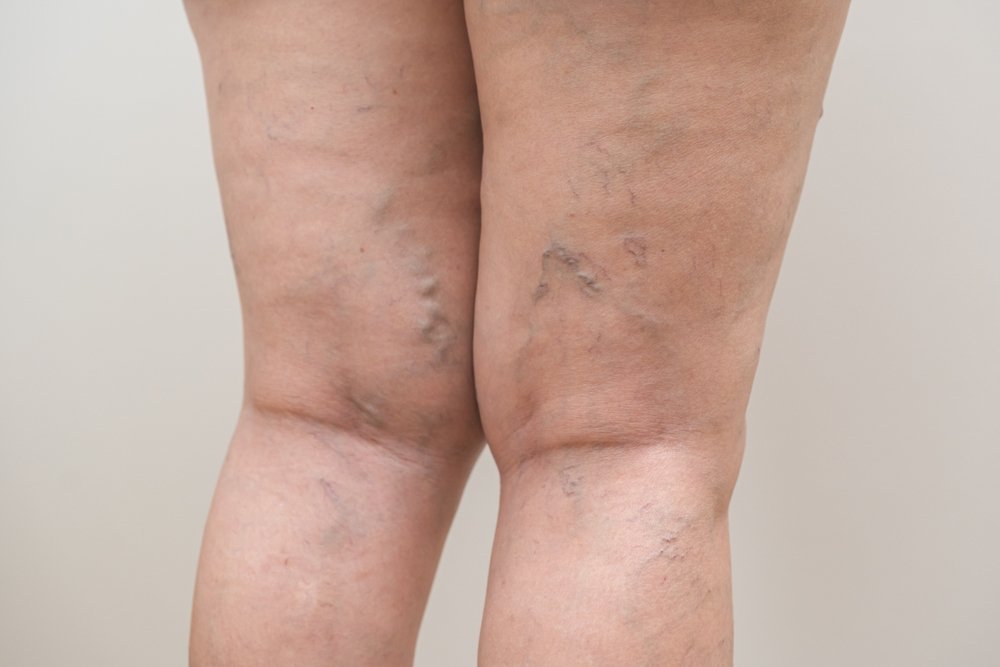 Do you often feel heaviness in your legs or notice swelling by the end of the day? These could be signs of a vein problem. Understanding the symptoms, risk factors, and diagnosis methods can help you take proactive steps towards healthier veins.
Do you often feel heaviness in your legs or notice swelling by the end of the day? These could be signs of a vein problem. Understanding the symptoms, risk factors, and diagnosis methods can help you take proactive steps towards healthier veins.
Common Symptoms Indicating a Vein Problem
Here are some telltale signs that might indicate you have a vein issue:
- Swelling in the legs, ankles, or feet, especially noticeable at the end of the day or after long periods of sitting or standing.
- Aching or heavy feeling in the legs, which often worsens when standing for extended periods and improves when you raise your legs.
- Varicose veins, which are visibly swollen, often blue or purple, and usually appear on the legs.
- Itching over the affected vein.
- Skin discoloration around a varicose vein.
- Restless legs syndrome, characterized by an uncontrollable urge to move the legs due to discomfort or aching.
- Ulcers on the skin that are slow to heal, particularly around the ankles.
If you’re experiencing any of these symptoms, it’s essential to consult with a healthcare professional for a proper diagnosis.
Risk Factors Contributing to Vein Problems
Several factors can increase your risk of developing vein problems. These include:
- Family history of vein issues.
- Aging, as veins lose elasticity and valves may weaken over time.
- Obesity or being overweight, which puts increased pressure on the veins.
- Pregnancy, since the growing uterus can exert pressure on the veins in the pelvis and legs.
- Hormonal changes including puberty, pregnancy, menopause, and using birth control pills.
- Prolonged sitting or standing which can lead to poor blood circulation and put pressure on the veins.
- Previous blood clots or vein damage.
- High impact sports that strain the veins.
Understanding these risk factors can help you take preventative measures to maintain vein health.
Diagnosis Methods for Vein Problems
Diagnosing vein problems typically involves a multifaceted approach. Here are some common methods:
- Physical examination to assess swelling, skin changes, and visible varicose veins.
- Ultrasound, the most common test, to visualize blood flow in the veins and identify any blood clots or valve malfunctions.
- Duplex ultrasound, a combination of regular ultrasound and Doppler ultrasound, to evaluate blood flow direction and vein structure.
- Venography, where a special dye is injected into the veins and X-rays are taken to see how blood flows through them.
- CT scans or MRIs for detailed images of the veins when venography or ultrasound results are unclear.
- Blood tests to rule out other conditions that may cause similar symptoms.
Early diagnosis can significantly improve treatment outcomes, so don’t hesitate to seek medical advice if you suspect a vein problem.
Conclusion
Vein problems are more common than you might think, but they’re also manageable with the right care and attention. By recognizing the symptoms and understanding the risk factors, you can take proactive steps towards healthier veins. If you have concerns about your vein health, consult with a healthcare professional for a thorough evaluation and personalized care plan.
Take charge of your vein health today! Schedule an appointment with our Dr. Gulshan Sethi ( Board Certified Vein & Vascular Specialist ) to discuss any symptoms you may be experiencing.You can call us at 516-606-7811 to make an appointment.
Remember, your veins play a crucial role in your overall health, so give them the attention they deserve.
